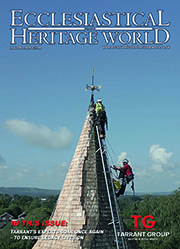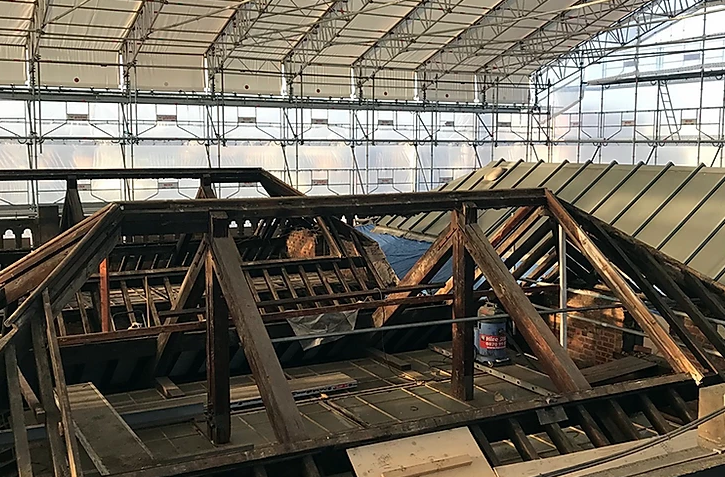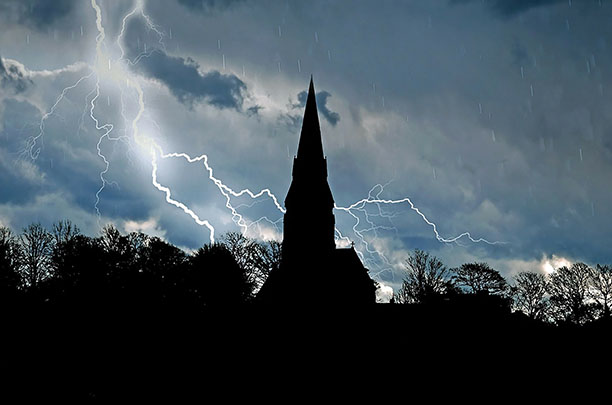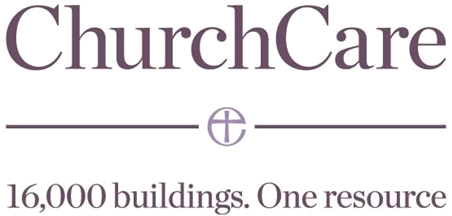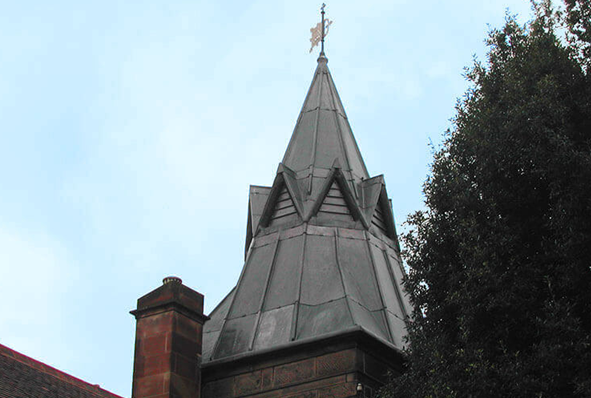Heritage Roofing
Heritage roofing - maintaining our iconic buildings
The UK is home to some of the most iconic buildings in the world, from stunning churches and cathedrals to historic stately homes. Each and every one of these remarkable feats of architecture requires regular maintenance to ensure they remain in the very best condition, allowing them to be enjoyed for generations.
Lightning Protection
When lightning strikes are you protected against this act of God?
The issue of lightning protection in churches is one that has exercised this publication for many years. In this four-part series of spotlights on the issue we will be revisiting various aspects of the subject, beginning with an overview of current thinking.
Traditional Lime
Lime: it’s better for buildings – and for the environment
It is now fairly well known that cement is not good for old buildings and that lime mortar should be used. But why? What are the advantages and what are the disadvantages? In order to begin to answer those questions it is necessary to understand the nature of traditional building, the process by which buildings used to be built, and how it differs from modern construction, the process by which we build today.
Audio Visual
Audio visual equipment in church buildings
This guidance is issued by the Church Buildings Council under section 55(1)(d) of the Dioceses, Mission and Pastoral Measure 2007. As it is statutory guidance, it must be considered with great care. The standards of good practice set out in the guidance should not be departed from unless the departure is justified by reasons that are spelled out clearly, logically and convincingly.
Read More...
LPOW Grants
£23 million government package to support restoration of thousands of listed places of worship
Heritage Minister Sir Chris Bryant has announced that the Listed Places of Worship Grant Scheme will be extended into the next financial year, providing £23 million so that thousands of historical buildings, including churches, synagogues, mosques and temples, can carry out restoration work.
CRE Events
Exhibitors enthuse over the CRE experience
By 4pm on the first day of CRE 24 at the Marshall Arena in Milton Keynes, exhibitors Chris and Kim Dunphy had already had so many helpful and detailed conversations with visitors that they were “completely talked out”.
Insurance
You need to ensure that reasonable precautions are in place at your church to keep it safe for those who use it. To do this, you need to think about what might cause harm to people.
You will then need to decide if the precautions already in place are adequate. If they are not, you may need to identify further action to prevent any danger. When done formally, this is known as a risk assessment.
Lead Roofing
Lead is one of the oldest materials in the roofing industry and is still commonly used throughout the world today.
Lead roofing is a traditional roofing method which has been used in the industry for hundreds of years, and is therefore proven to be extremely reliable. Lead roofing, and sand-cast lead, in particular is ideal for old buildings such as churches or historical renovations, whereas milled lead roofing is a mass-produced alternative, used for precision and accuracy in homes and commercial buildings alike.
Home
NEW WEST DEAN COLLEGE COURSES
West Dean College has joined with other institutions to develop a series of short courses
designed for professional conservators to refresh their skills and update their knowledge of
developments in materials and techniques.
Collaboration with relevant organisations and
specialists has resulted in an outstanding range of expertise on each course. Teaching
approaches vary according to the demands of the subject matter. Some courses are workshop
based with a high practical content while others are conference-style events. This year West
Dean introduces three new courses as part of its Conservation Studies programme.
INTERGRATED PEST MANAGEMENT WORKSHOP
14-17 March Non-residential fee: £363
David Pinniger
Insect pests can seriously damage books, textiles, furniture and other valuable objects in
museums and historic houses. The Integrated Pest Management Workshop is aimed at
professionals who are responsible for the care of such collections. It will emphasise prevention
and the best ways to achieve this. It will also examine ways of controlling insects using the safest
and most cost-effective methods. West Dean is a particularly fitting venue for such a workshop
as it is responsible for the care of objects inherited and collected by Edward James, West
Dean’s former owner. West Dean College is a working institution and any pest management
programme must take account of the practicalities imposed by this. The course tutors, David
Pinniger, Bob Child and Jane Thompson-Webb, have a wide experience of dealing with pest
issues in many buildings and collections across the UK and overseas and of providing advice and
practical solutions. They have also been in the forefront of research and development to
improve detection and control of pests and thereby prevent damage.
CONSERVATION OF HISTORIC WALLPAPERS
5 – 8 September Non-residential fee: £363
Allyson McDermott
From a whole room of magnificent hand painted Chinese
Export paper, to a few fibres discovered behind an
architrave, this course seeks to provide an introduction to
the history, identification, conservation and recreation of
historic wallpapers using a lively mix of seminars, case
studies, practical workshops and historic house visits.
Like our predecessors, we use it to stamp our personality
on a new house, impress the neighbours, transform a shabby room for important guests and
provide a decorative backdrop for momentous family events. Using wallpaper, a room appears
darker or lighter, larger, smaller, grand or simple, strikingly modern or comfortingly traditional.
The last few years have seen an explosion in the popularity of wallpapers. It is fast to apply and
is instantly replaceable to accommodate changes in fashion or function. As such, it often
provides a valuable example of contemporary design and the development and availability of
both materials and technology.
THE ANTHROPOLOGY OF CLOTH AND
CLOTHING
26-29 September 2011
Non-residential fee: £363
Dinah Eastop
Cloth and clothing are integral to everyday
life, and are important in many collections,
but are often ‘taken-for-granted’. This course
is innovative in adopting an anthropological perspective to investigate the material and social
aspects of cloth and clothing and how they are used to mark events, places or relationships. The
Anthropology of Cloth and Clothing aims to inform the care, conservation and curation of
collections by introducing the field of social anthropology, via the study of ethnographic
accounts of the production, consumption and disposal of cloth and clothing.
The course will include illustrated lectures, examination of textiles and dress (including the
contemporary and historical material at West Dean), and practical sessions. Invited lecturers, on
contemporary curating and making practices, include Lesley Millar, Michele Walker and Deirdre
Wood. The course, which will be led by Dinah Eastop, is based on a very successful unit she
developed at the Textile Conservation Centre. Dinah’s background includes study of the history
of art, textile conservation and social anthropology.







